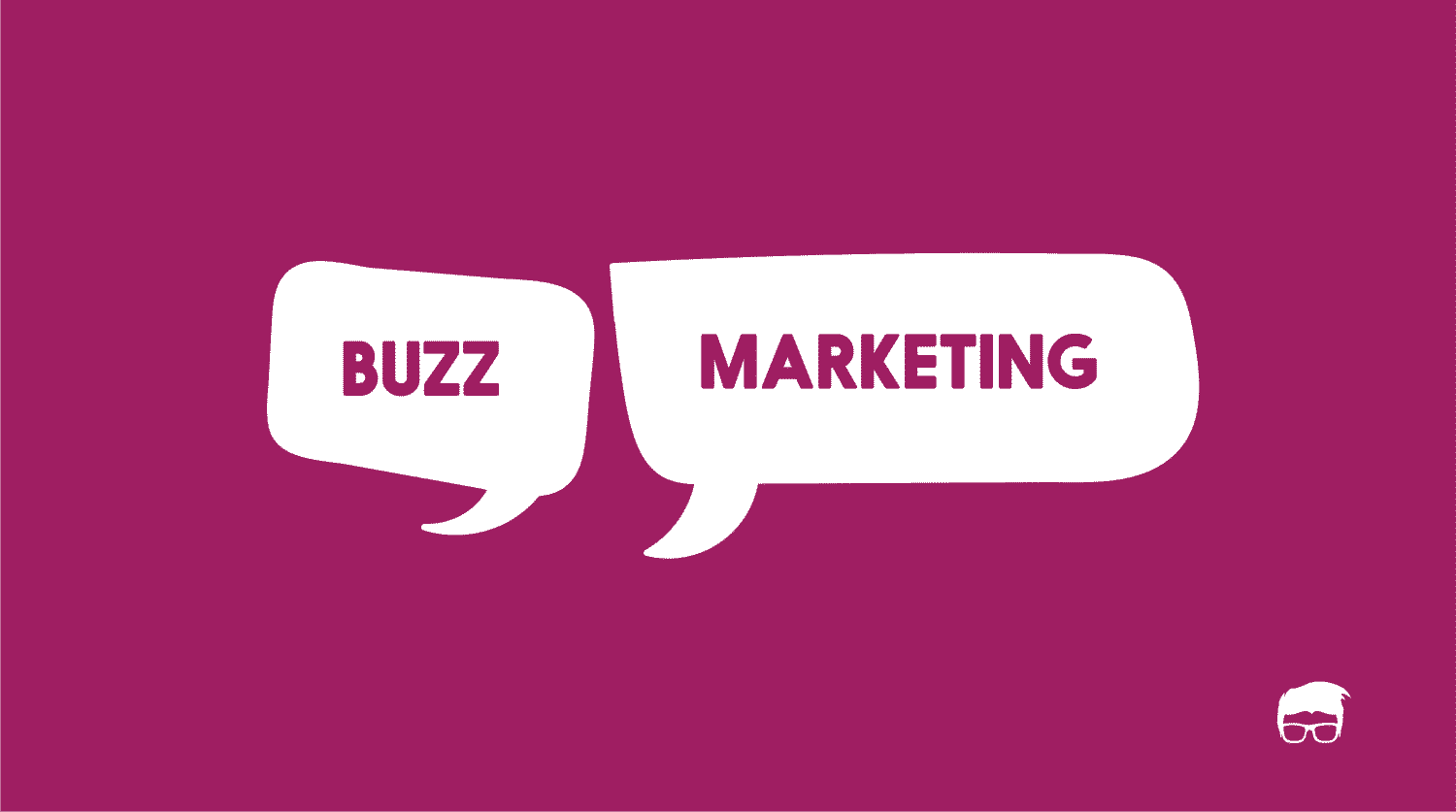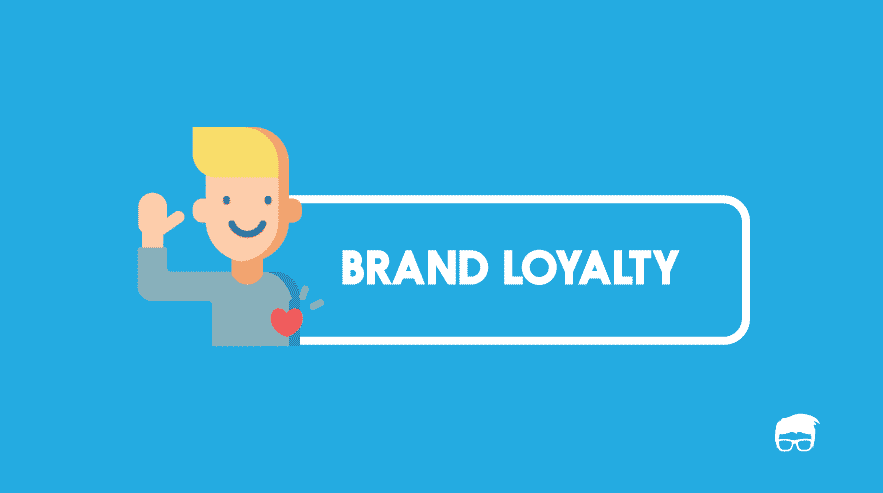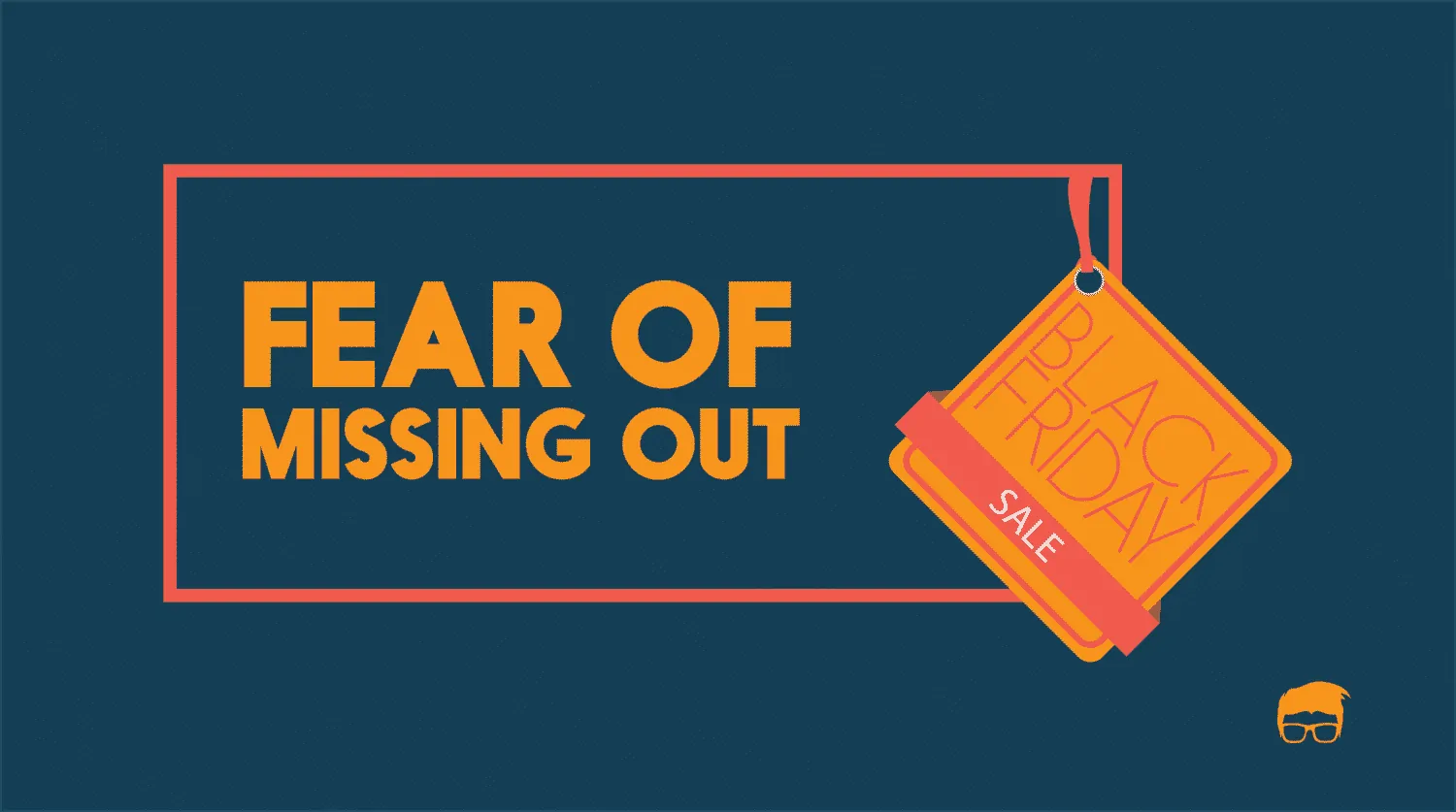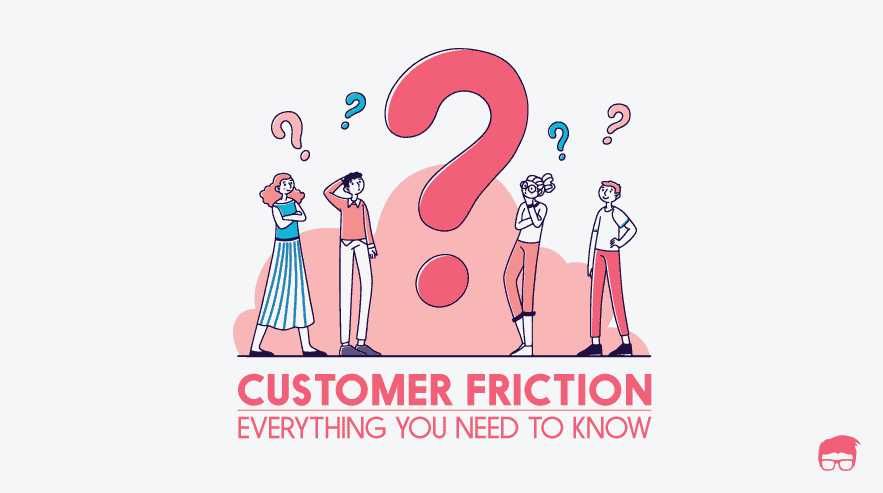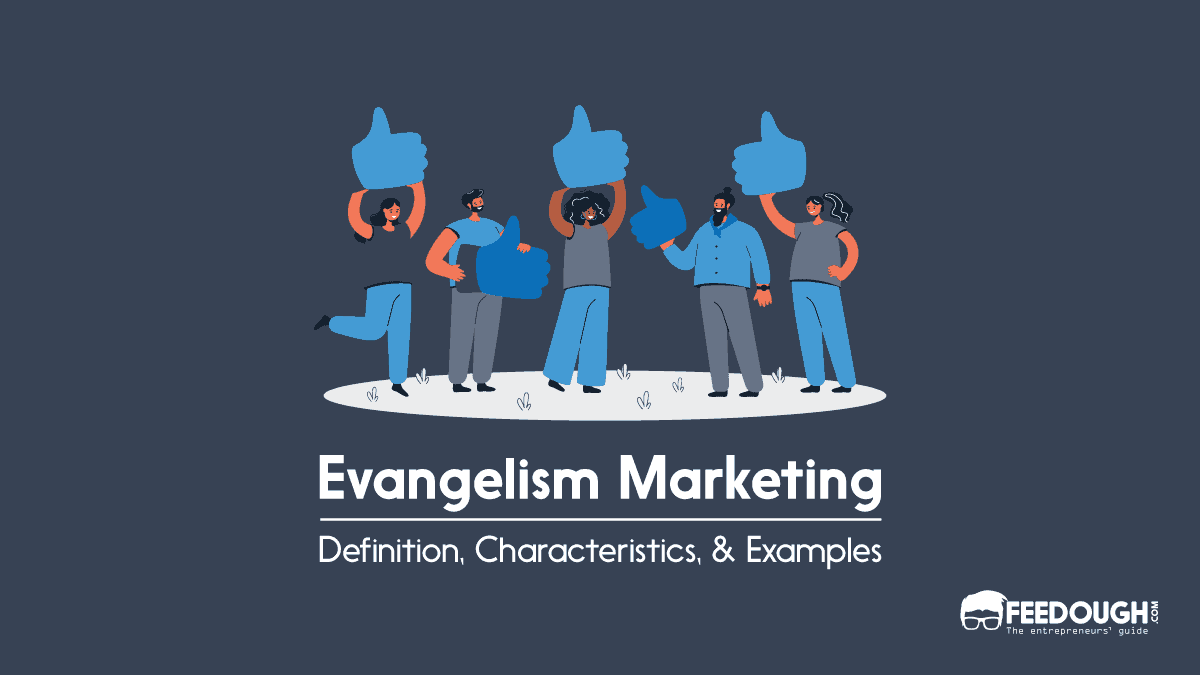Before you start planning out your next major ad campaign, here’s something for you to think about.
75% of today’s buyers don’t believe advertisements.
But don’t panic. Here’s another compelling stat.
92% of them believe brand recommendations from friends.
Is that a cue for you to rope in the best friends of your target audience as brand ambassadors? Well, no. But it is definitely a reason for you to consider the age-old, often-neglected, yet consistently successful strategy known as word-of-mouth marketing.
What Is Word-Of-Mouth Marketing?
Word-of-mouth marketing (or WOM marketing) is the act of a consumer talking about a product or service as part of his or her daily conversations rather than as a paid endorsement.
In the pre-advertisement days, this was essentially how people came to know about products and services – when their neighbour talked about the delicious new meat-pie at the tavern, or their aunt told them about the fashionable new milliner in town.
In today’s context, word-of-mouth marketing describes both these naturally occurring instances where a consumer talks about a product verbally or on online platforms (termed organic WOM), as well as targeted efforts by companies to drive positive online conversations about their products by happy customers (termed amplified WOM). The two are inherently linked – if there’s already a good amount of organic WOM about your product, your WOM marketing strategy will have a much greater impact; likewise, a well-executed WOM marketing campaign will generate more organic WOM.
Given that 74% of consumers have identified word-of-mouth as a key influencer in their buying decisions, it’s clear that WOM is fast becoming a must-have constituent of any dynamic brand’s marketing strategy.
How Does WOM Work?
At any given point, only a certain percentage of your target audience will be consuming what you sell. You’ll likely be advertising to a much bigger group – however, given the huge proliferation of online advertising and the seconds-long attention span of the modern-day consumer, a large portion of that group will either miss your ads or ignore them.
However, think about this –
Let’s say ten people consumed your product and had a great experience. Each of them posts a great review of your product on your company website as well as on one of their personal social media pages. That’s two reviews per person. Now let’s say a hundred people read each of those 2×10=20 reviews. That’s 2000 people reading great reviews of your product. Of those 2000 people, let’s say 100 now go and consume your product themselves. They, in turn, have a great experience and post positive reviews on your website and on a personal social media page. So that’s 2×100=200 more reviews. Let’s say ten new people read each of those reviews. That’s 2000 people reading great things about you. Of those, let’s say 1000 go and review your product in turn, thus adding 2×1000=2000 reviews.
See what’s happening?
For every positive review posted about your product, you’re getting a bigger audience and also more customers. It’s like a snowball rolling down a mountain – the further it travels, the more snow (or product reviews) it gathers. And while it may not necessarily happen in mathematical progression, a 10% increase in word-of-mouth (offline and online) has been found to translate into a sales lift of 0.2%-1.5% – so a few initial five-star reviews can go a long, long way.
How To Integrate Word-Of-Mouth Marketing Strategies Into Your Marketing Campaign?
Stripped down to its essentials, word-of-mouth marketing basically translates into growing sales for you without the ad spend. Your customers bring new customers to your site without you spending a dime – and since they came through a trusted connection, they’re likelier to trust you more and thus make a purchase. Combine this with how increasingly expensive Google Ads and Facebook Ads are becoming, and you have a major reason to rethink your marketing strategy – especially if you’re on a budget.
But it doesn’t happen overnight. Customers are bombarded with new products every day, and they certainly won’t buy or review all of them. You need to attract and retain their interest in you – and you can do that by focusing on two major things:
Give Them Reasons To Talk About You
Customers are not going to praise you unless they like you. And they won’t like you unless you exert all your efforts into providing them with a top-notch experience. Take a step back from strategy and examine your brand first – what you sell, and how well you sell it.
- Offer quality products – At the end of the day, it’s all about what you are selling to your customers. Look carefully into your production process – and your existing customer reviews – to see how you can improve your products and services. Sourcing quality raw materials, improving process efficiently, providing more options and improving customer service can all help ensure that you have a product worthy of notice in the first place.
- Provide a seamless user experience – A justuno report reveals that 93% of consumers consider visual appearance as the key deciding factor in a buying decision, while Forrester claims that better UX designs could boost conversion rates by up to 400%. See how you can make your ecommerce site and ordering process simple and consistent across all devices. Carolina Panthers did this to perfection – after their site redesign on BigCommerce, reviews went sky-high, as did their numbers; with an 83% increase in mobile conversions and a 37% increase in overall conversions.
- Deliver on and before time – 57% of consumers would hesitate to use a retailer again if delivery is late. It’s unlikely you’ll get too many positive referrals if you have a reputation for delayed or incorrect orders, so having a well-controlled inventory and a seamless order fulfilment system is crucial.
Make It Easier For Them To Talk About You
You can’t afford to stop at providing a great experience and then hoping that customers write nice reviews – you need to help them do so! Actively work towards making referring and reviewing a fun experience for your customers.
- Ask for ratings and reviews – According to BrightLocal’s 2017 Customer Review Survey, 85% of customers trust online reviews as much as personal recommendations, and 49% of them need at least a 4-star rating before choosing to use a business. So collecting reviews from your current customers is crucial. Ask them honestly to review, straight after a purchase – and then display them on your website, social media pages, in-store and anywhere else you can. Be sure to tag your reviewer and thank them for their time!
- Start an official referral programme – TexasTech research indicates that 83% of happy customers are willing to refer a product or service, but only 29% actually do so. You can gently push them towards actively referring – some rewards you could offer are a discount off the next order, a gift card or a bonus gift.
- Encourage user-generated content (UGC) – According to Adweek, 85% of users find visual UGC more influential than brand content. Engage your followers in a two-way conversation and encourage them to post about you, perhaps through discounts for posts meeting certain criteria or a social media competition using your hashtag.
Take It Up A Notch – Go Viral!
Jonah Berger’s 2014 bestseller “Contagious: How Things Catch On” is essentially your WOM Marketing 101. In it, he makes use of extensive research on consumer behaviour to highlight the six main reasons people talk about something. He summarises these reasons as, cleverly, STEPPS.
- Social currency – People love to look good. And by giving people shareable information that makes them look smart or in the know, we’re giving them added street cred (or social currency). When rolling out a new product, make your existing customers feel like they are getting exclusive access to it – that way, they’ll be eager to talk about it to their contacts.
- Triggers – A trigger helps a product stay top of mind by instantly recalling that product whenever the trigger is seen, heard or read about. Think “peanut butter and jelly” – one is a trigger for the other. Or red-soled high heels – the fashionista will instantly think of Christian Louboutin.
- Emotions – A message with a powerful emotional component is likelier to be shared. This, however, needs to be supplemented by a clear call to action. Think of how you can promote your product or service in a way that arouses your audience strongly to emotion – and thus share it with others.
- Public – If the product or service concerns the public at large, they’ll be likelier to share it. This is particularly true in the case of medical information, food or lifestyle related research or social causes.
- Practical Value – If you have information that’s useful and easily applicable, people will be eager to spread it far and wide! This boils down to providing knowledge that’s clearly superior to what else is out there and which your audience can easily apply in their own lives.
- Stories – Anecdotes about your product make it come to life for your customers. Subway did this brilliantly with their story about Jared Fogle, the overweight college student who lost almost 250 pounds just by eating Subway sandwiches every day. Stories should have a clear outcome, be easy to retell and incorporate what you’re trying to sell – that way, customers will be motivated to share the story both online and offline, which means that your product also gets talked about.
The main takeaway from his book is not that you should aim for viral status – because that’s honestly hard to achieve – but that there’s science behind why some things get talked about and some don’t, and that you can harness this science to get positive word of mouth for your products or services.
What’s The Catch?
In the world of business, there is definitely bad publicity, and with the ubiquity of social media, it’s easier than ever to be affected by it. And given that 65% of customers would stop doing business with a brand after just one bad experience, the snowball effect we talked about earlier could become an avalanche of online hate. While it’s impossible to never make mistakes, what is vital is to resolve customer issues as swiftly and satisfactorily as possible, thus transforming a potentially bad review into an example of great customer service.
Additionally, it’s important to understand the distinction between collecting and engaging. Rolling out a shiny new referral programme or offering freebies in exchange for sign-ups might get you an initial wave of followers – but what next? Are they actually engaging with your brand? Are they talking about you on social media? Do they even know what your brand is all about? More importantly – what are you doing to keep them engaged? It’s important to keep the conversation going with your customers and give them a consistent scope for engaging with you. Having 100 followers who are truly passionate about your brand and talk about it often is much more beneficial for your brand than having 10000 followers who only hit the Like button to win a free iPhone.
Bottom Line?
Ad campaigns will come and go. Even viral phenomena have an expiry date. And in an age where multi-device and multi-window browsing are the norms and an increasing number of people are enabling ad blockers on their digital platforms, word-of-mouth marketing will fast become a necessity for a brand’s strategy rather than an option.
Ultimately, it all starts with getting your fundamentals right – improving your products, optimizing website usability and delivering what’s expected when it’s expected – and then providing your customers with enough opportunities to talk about how you got them right. Do this with care and forethought, and you’ll develop a loyal customer base who will consistently promote you and bring new business to you – and not just for a discount, but because they truly care about what you do.
Go On, Tell Us What You Think!
Do you want to be a viral marketer? Come on! Tell us what you think about our article on word of mouth marketingin the comments section.
I’m always up for a party. In a library. With unlimited brewed coffee. And Chopin on the playlist.
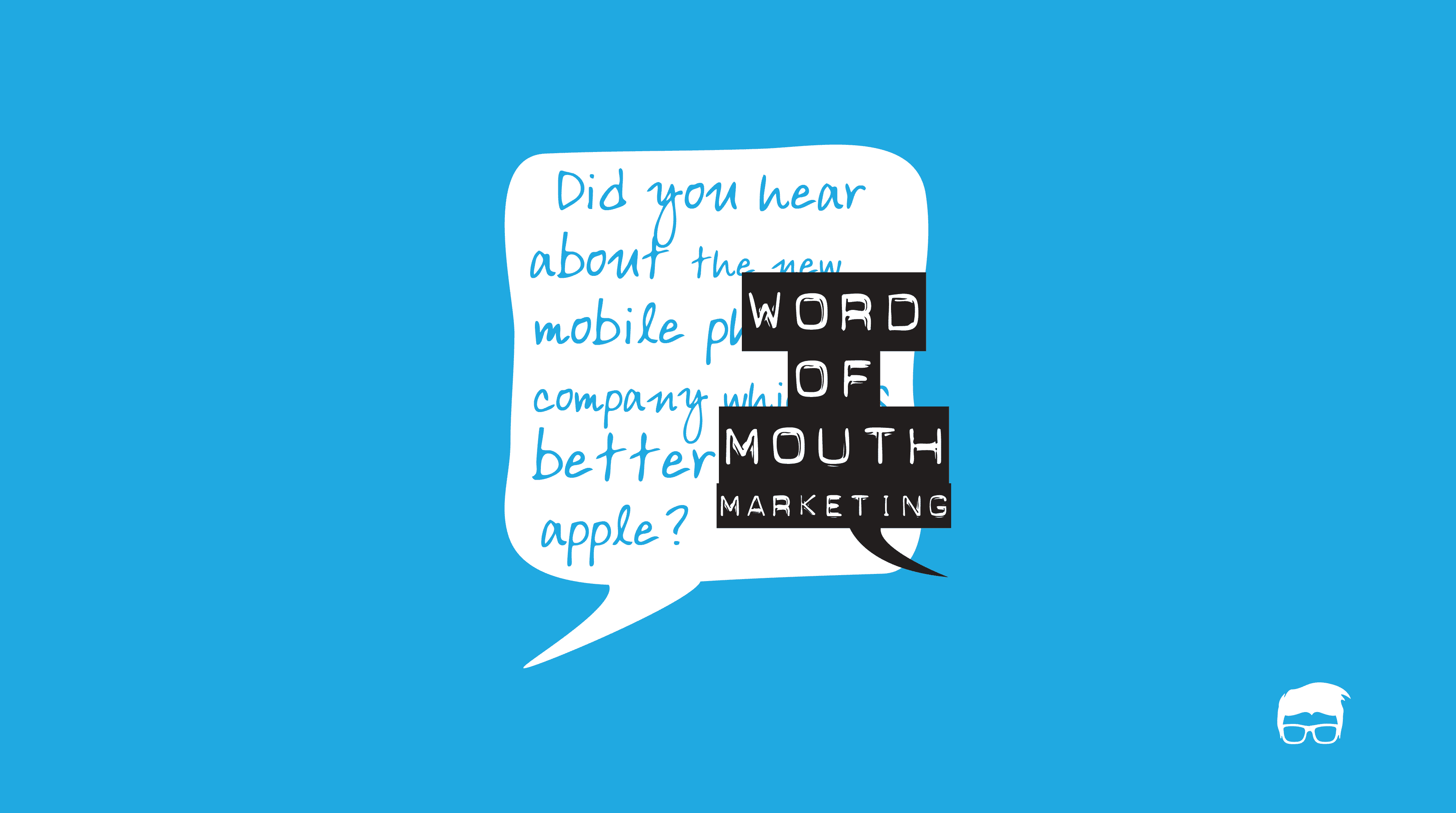

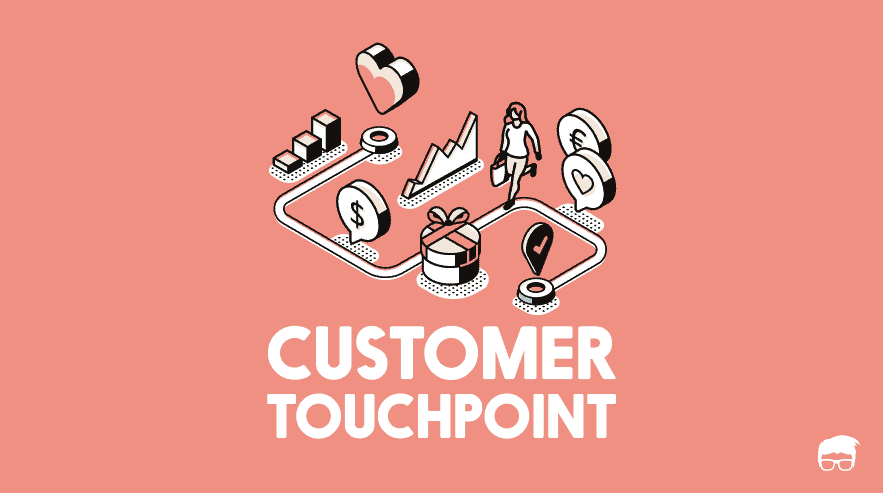
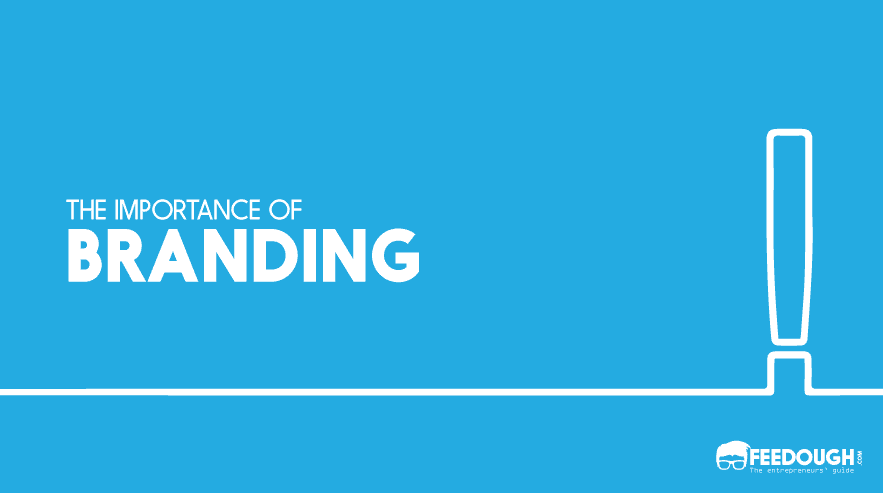
![What Is Demand Generation? [The Ultimate Guide] What Is Demand Generation?](https://www.feedough.com/wp-content/uploads/2019/05/DEMAND-GENERATION.webp)
